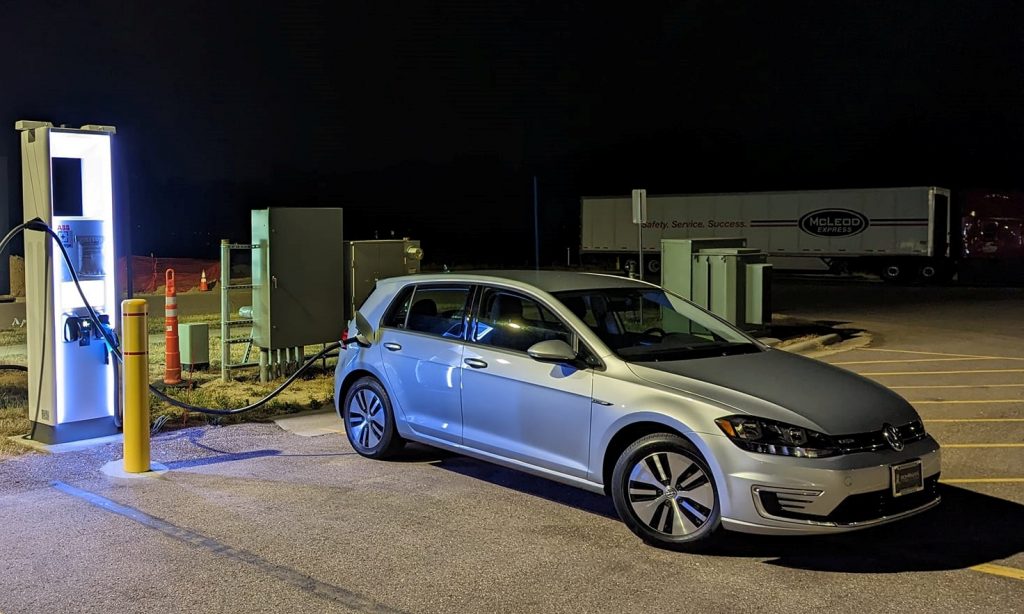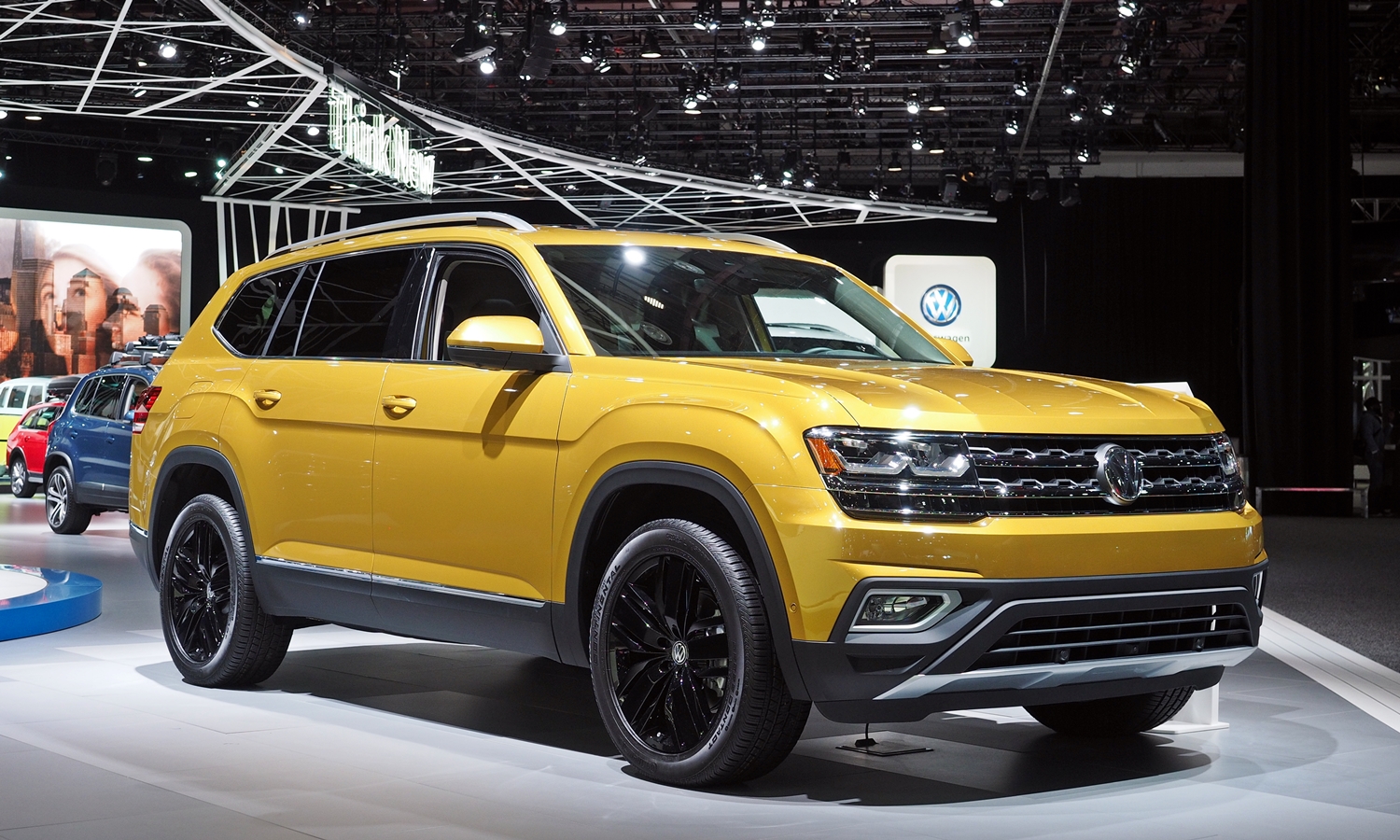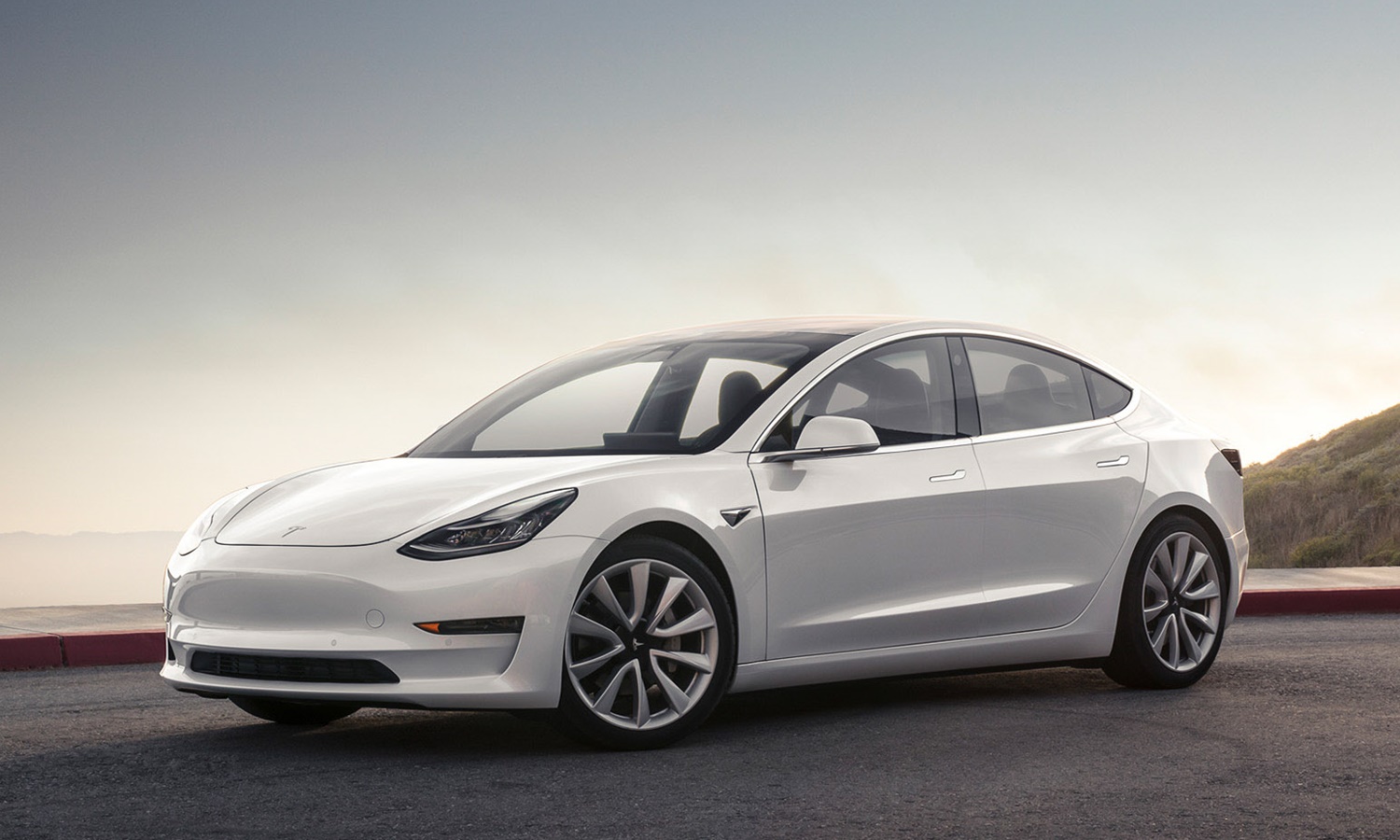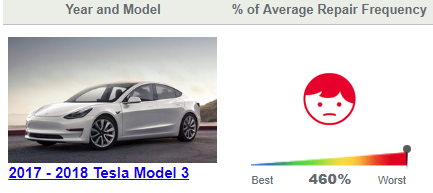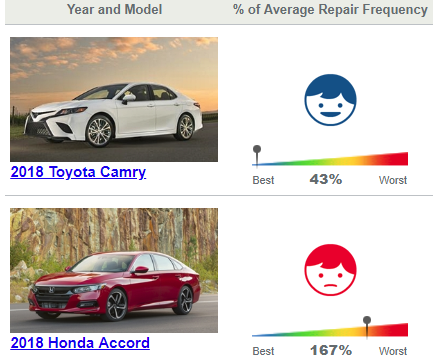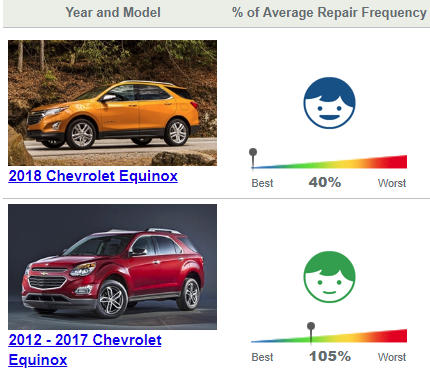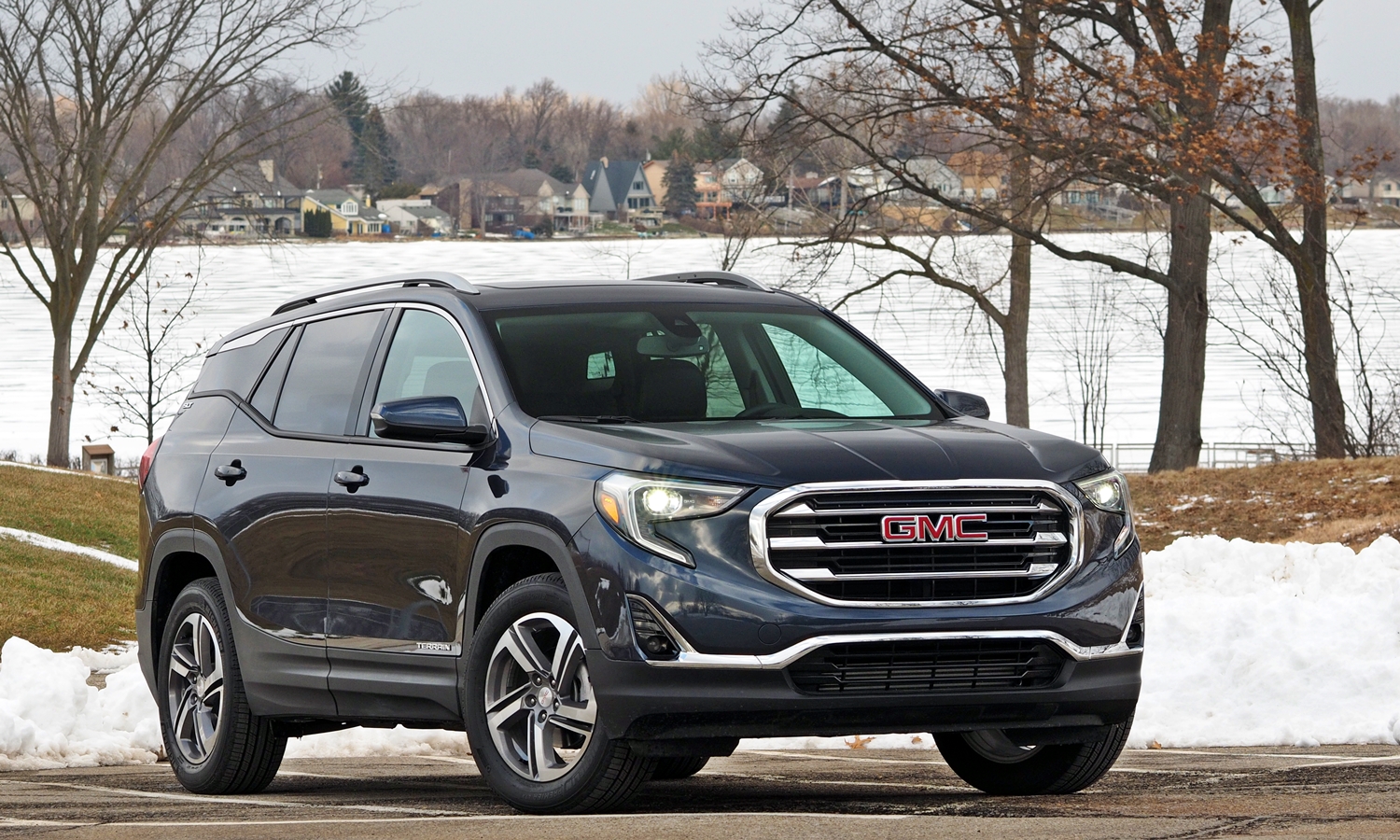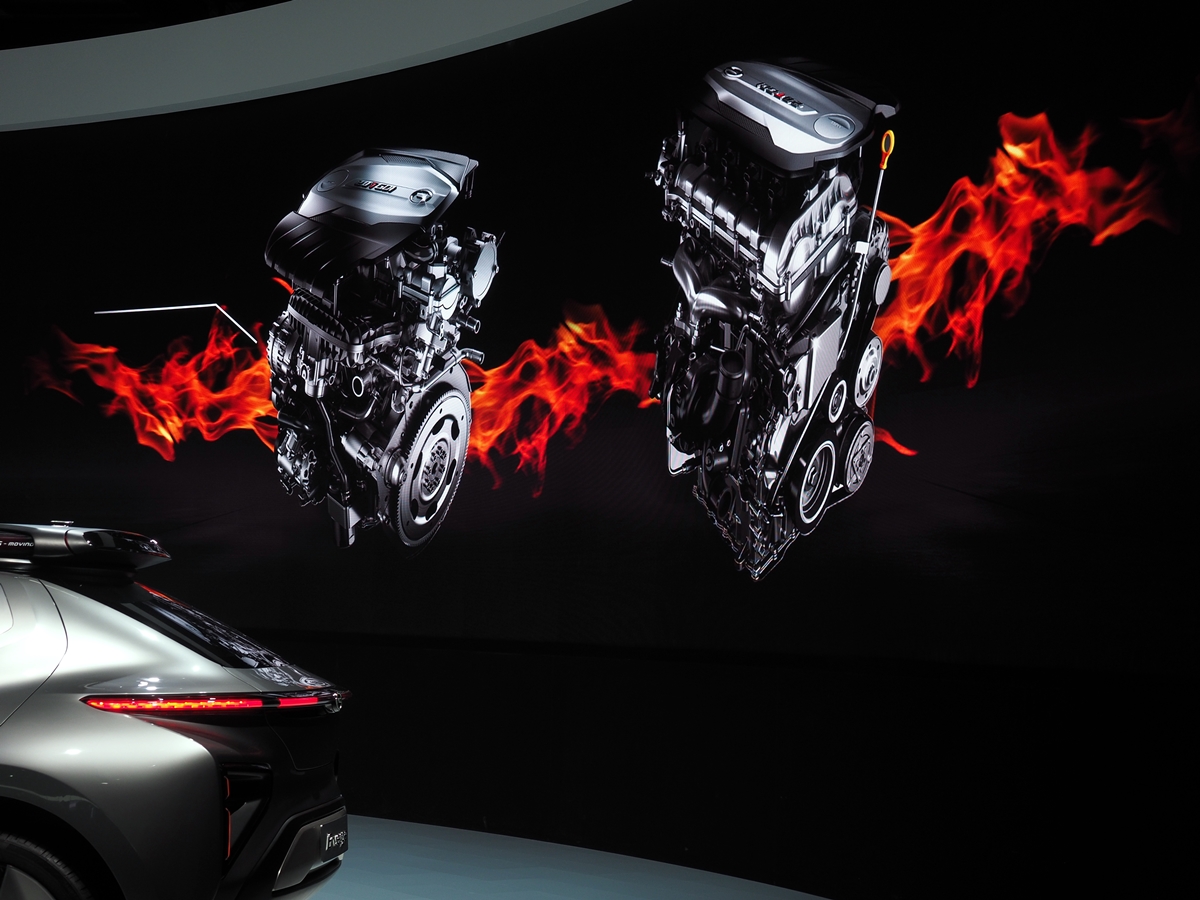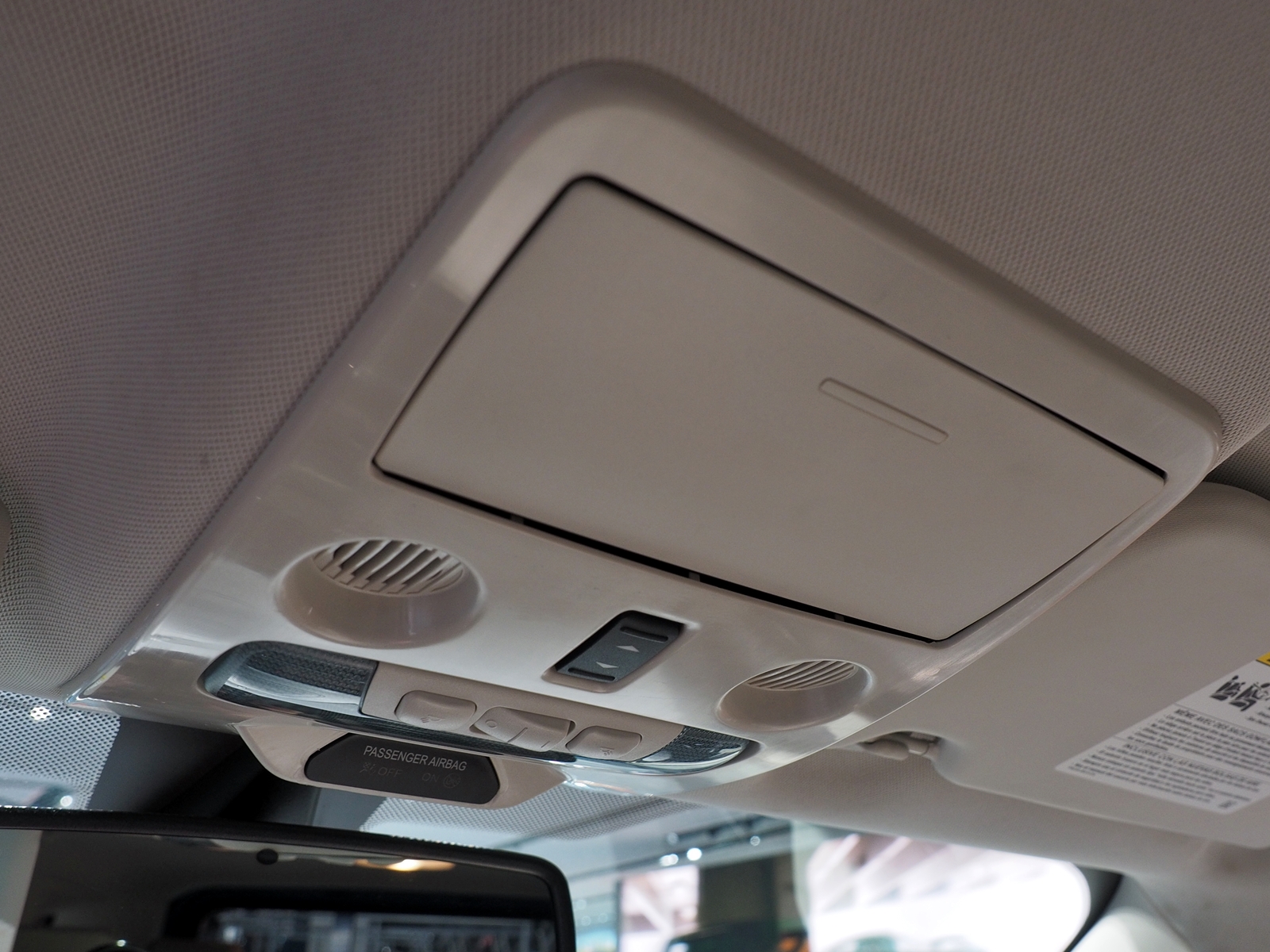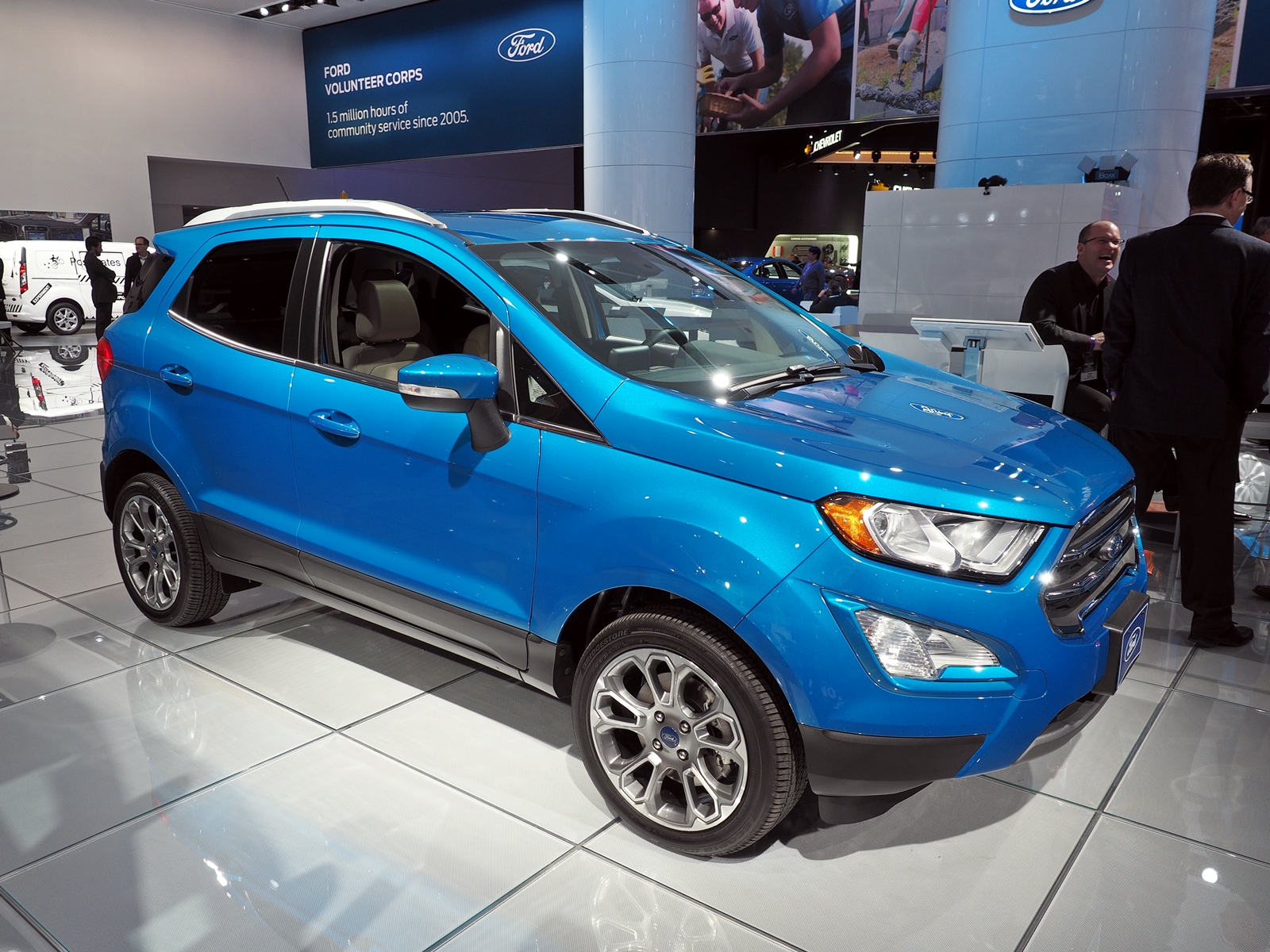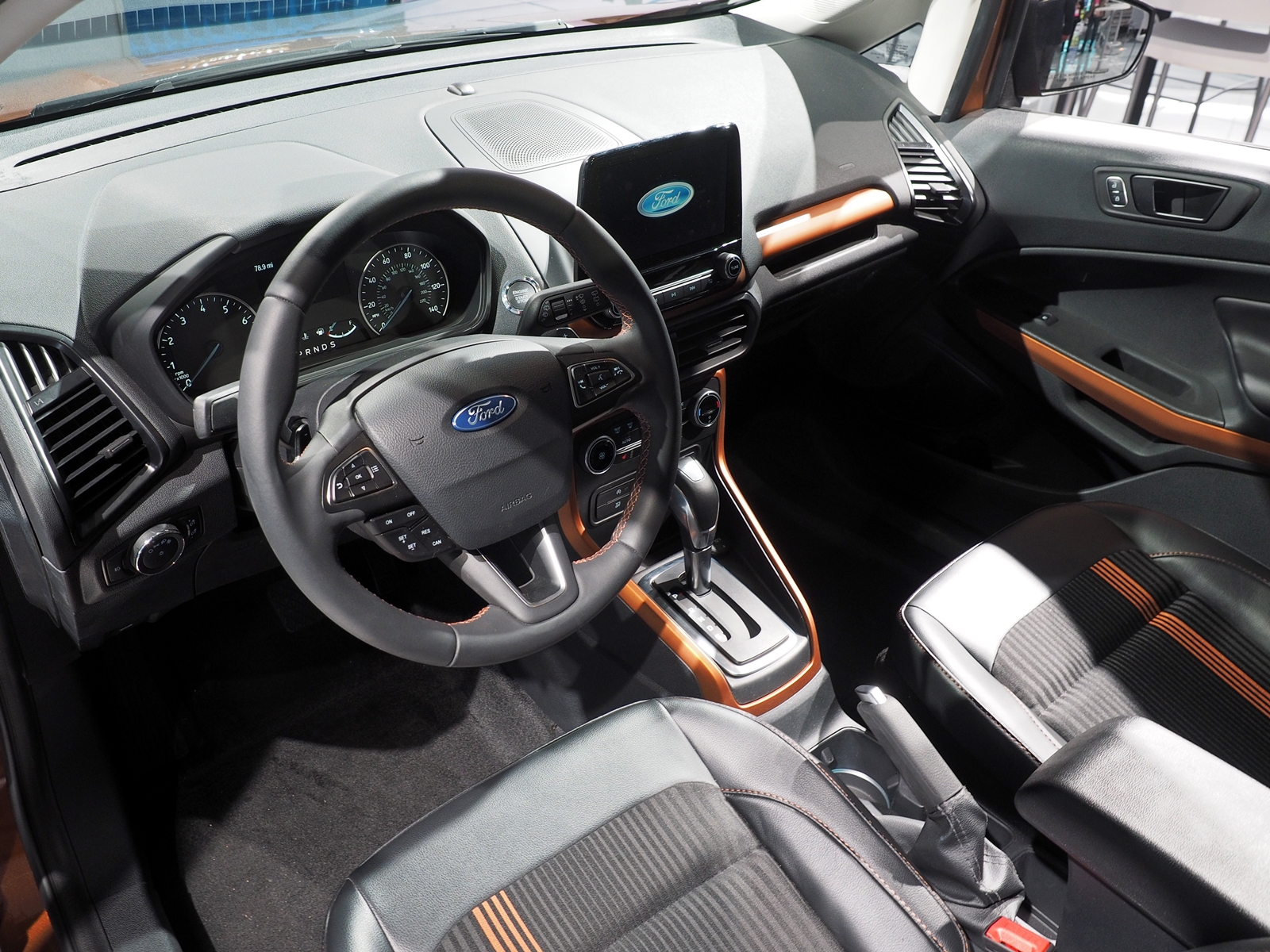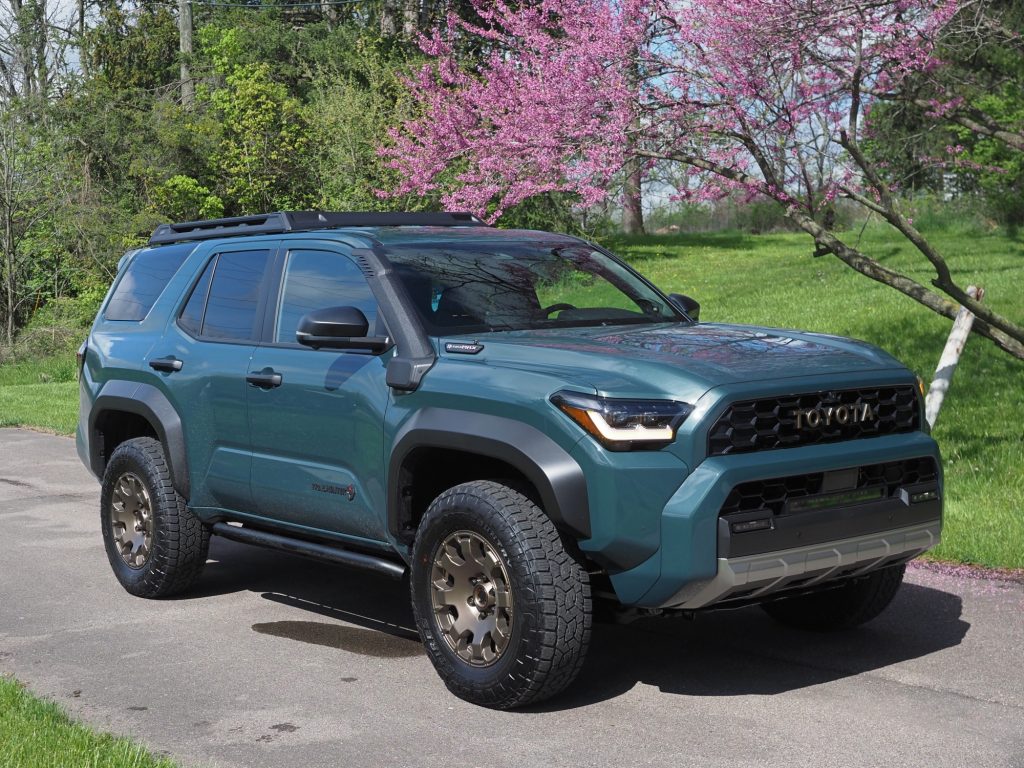
With the fifth-generation 4Runner nearly old enough to drive, and that generation only a moderate update of the generation introduced way back in 2003, Toyota figured that it might be time to redesign its old-school, pickup-based SUV. You can now buy a thoroughly new 4Runner. Has Toyota improved it, ruined it, or (like Chevrolet with the Blazer) remade it into an entirely different beast?
As you might be able to judge from the photo, Toyota clearly hasn’t done the last. Despite the passage of a decade-and-a-half the new 4Runner doesn’t look tremendously different from the previous one. Like other Toyotas in recent years the new design has a busier, more aggressive face and chunkier fenders, but the overall look remains much the same. The original 1980s 4Runner, very much a pickup with a bed cap, has emerged as an automotive icon of that decade. The new one includes rear side windows that wrap up into the roof as a callback.
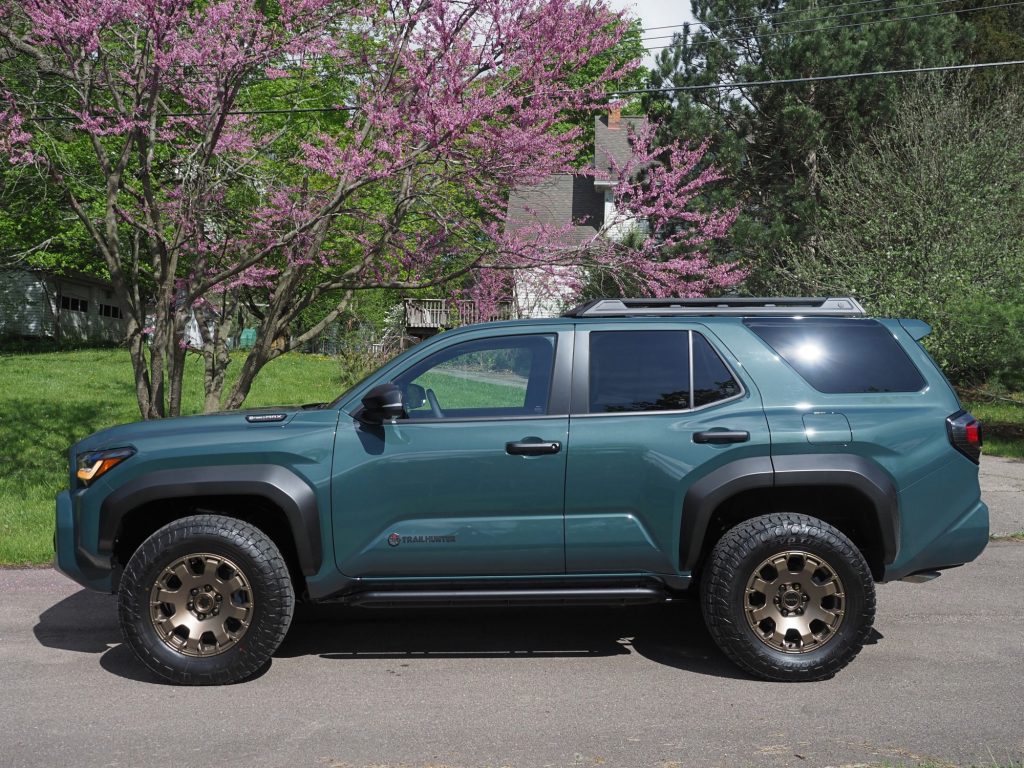
Step inside, and the change is far more dramatic. Toyota also brought along a 2024 4Runner. I’d forgotten how dated its interior was. Even when introduced in 2010 it wasn’t current. The center stack and shifter look and feel quite clunky.

In contrast, the new interior is thoroughly mid-2020s Toyota. In person the center display seems quite large.
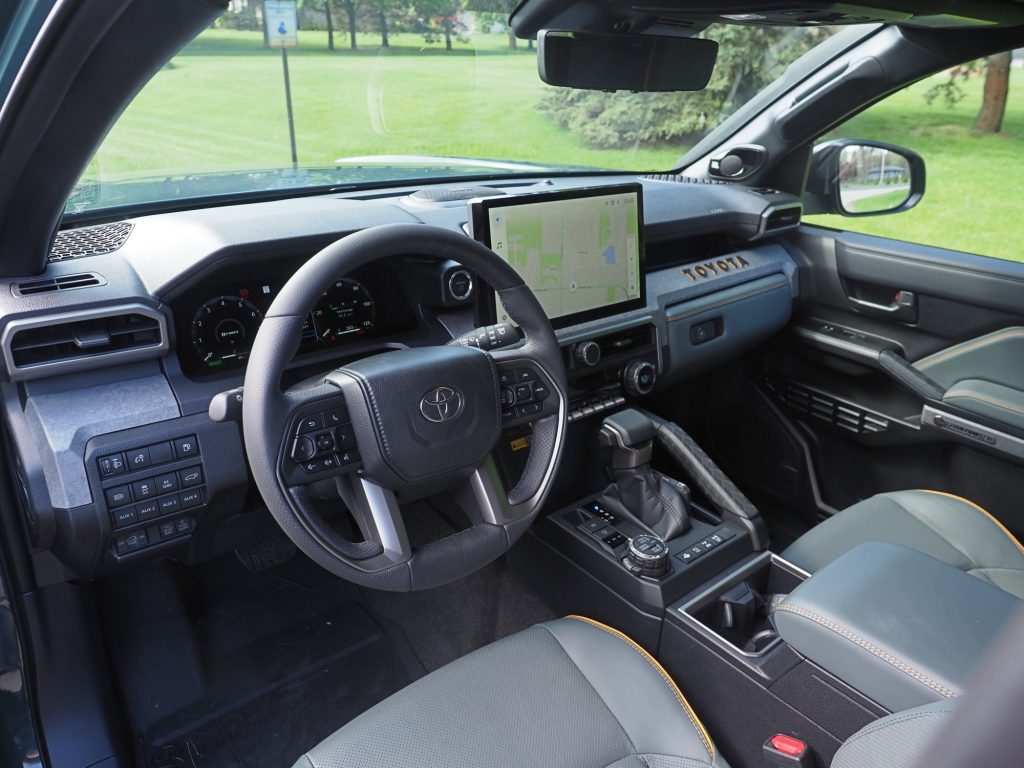
But styling is one thing, while mechanicals are another. A vehicle can look like a conventional SUV but actually be little more than a sedan underneath. Well, the new 4Runner is even more closely related to the Tacoma pick-up than the previous one was. Mechanically the two models are nearly the same. But if you’re expecting unsophisticated suspension bits as a result, you won’t find them here. Looking under the truck I found a surprising amount of alloy. The Trailhunter (upgraded for overlanding) includes some fancy-brand dampers.
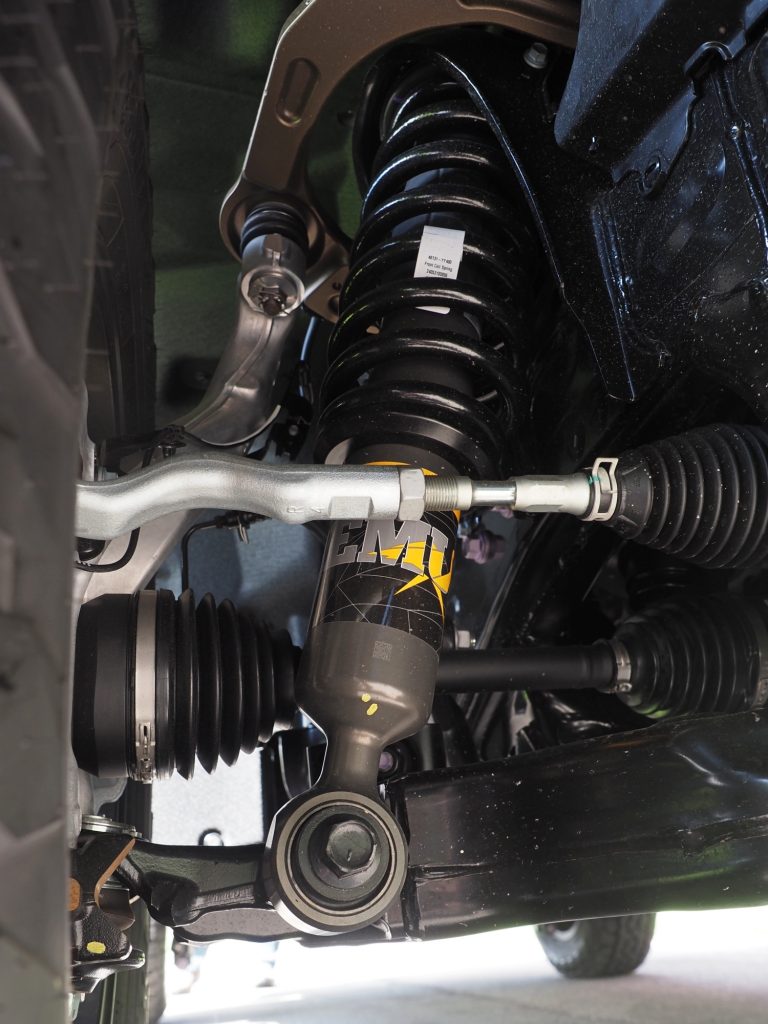
But does it ride like a truck? Somewhat. But like a current Tacoma, not like a past one. You’ll feel a small amount of low-speed jitteriness, and sometimes some body-on-frame shimmy, but no harshness. I found the amount of wind noise potentially more objectionable. There’s not a lot of it, but even with a sticker price around $70,000 the 4Runner Trailhunter is no Lexus in the NVH department. The snorkel on the 4Runner I drove first didn’t help. Loud intake noises made it sound like a window wasn’t fully closed.
Handling has improved over the previous 4Runner, with less rear-end sway in quick lane-changes and generally a sense or more precision and control. But the 4Runner remains no driver’s car. The new SUV feels larger (it is, by a couple inches in both width and wheelbase) and heavier (it is, especially with the hybrid powertrain). A taller instrument panel constricts the view forward. The steering feels more digitized (perhaps because it is) and has less weight to it.
The biggest change of all can be found under the hood.
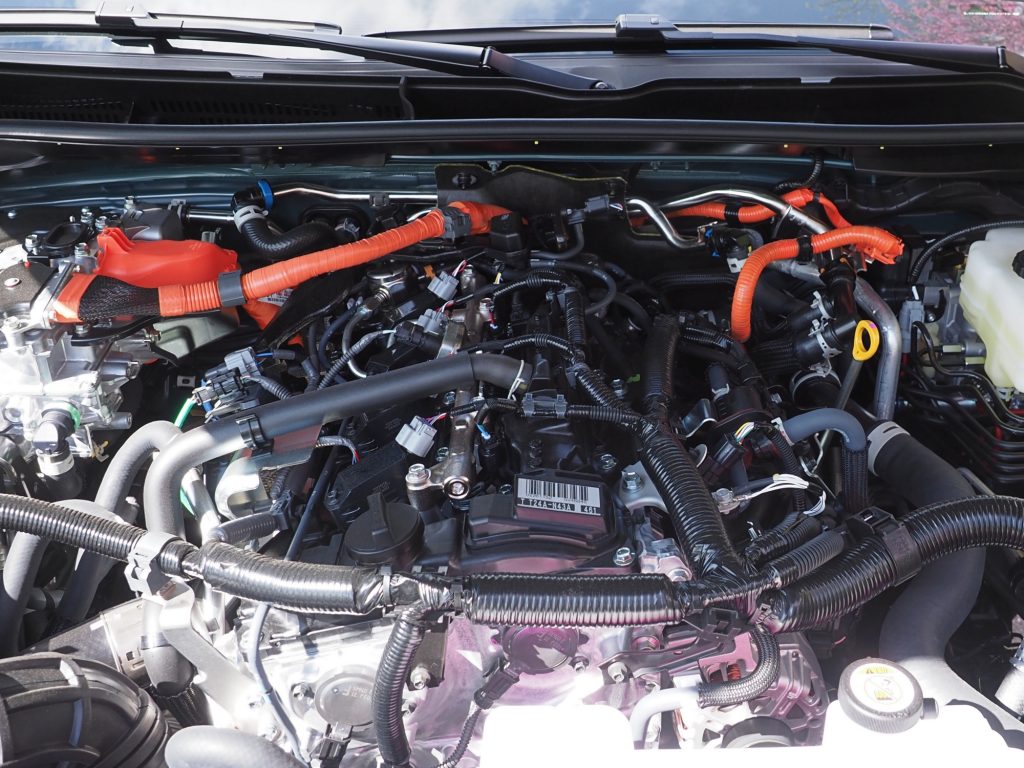
This jumble looked a bit more like an engine in person. Look real hard and you might discern that the 4.0-liter V-6 has been replaced with a 2.4-liter four-cylinder. In all 4Runners this engine is boosted by a turbo to 278 horsepower. In the upper trims a hybrid motor adds another 50 horsepower, and should especially make itself felt off the line before the turbo has fully spooled up. I drove both powertrains, and they didn’t seem to perform much differently, perhaps because the hybrid also weighs more. Even the non-hybrid feels much stronger than the old V-6 despite some boost lag. I mostly had an issue with the very-four-cylinder sounds made by the engine, which seem out of place in a fairly large SUV. Some colleagues remarked that some of the engine noises are synthetic, piped in via the audio system. If these were intended as a fix for how the engine itself sounds, they aren’t successful.
The four-cylinder does deliver far better fuel economy. While the old overburdened V6 could only manage 16 mpg city and 19 highway in the EPA’s tests, the new base turbo four earns a respectable 19/25 and the hybrid a perhaps too-good-to-be-true 23/24. A brief note on four-wheel-drive system: with all but the Limited and Platinum, this system is for off-pavement use only. While 4Runner pricing starts in the low 40s, if you don’t want to have to remember to switch to 4WD whenever the road gets slick you’ll be spending at least mid-50s.
I didn’t dislike driving the new 4Runner, but I also didn’t enjoy it. Very likely the 4Runner makes the best case for itself off the pavement, but I wasn’t able to venture there during this drive. If you won’t be doing anything that requires a real, truck-based SUV, one of the much more plentiful fake ones is likely a better option. But if you will be overlanding or trail-crawling, Toyota continues to offer the proper tools for those jobs.
Note: The vehicles along with lunch were provided at an event for invited media.
